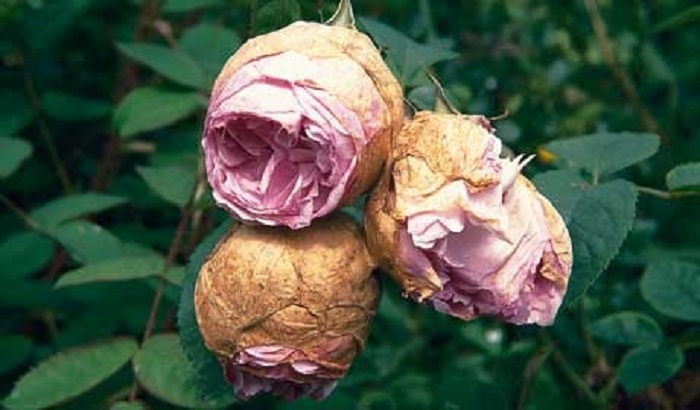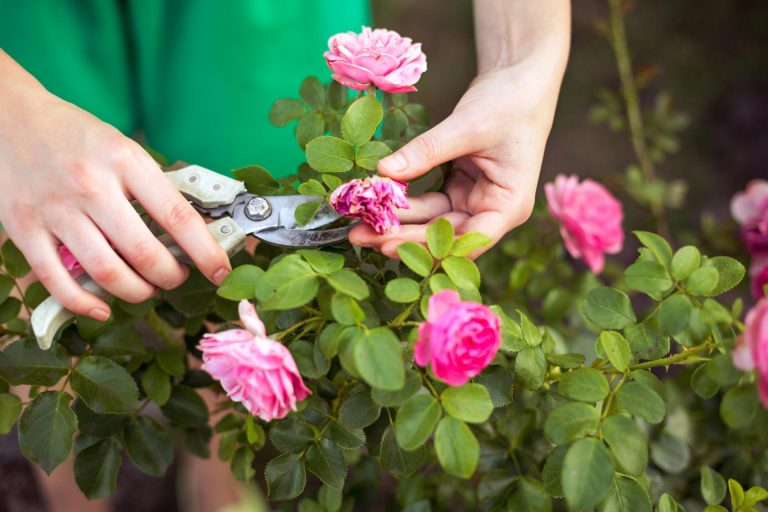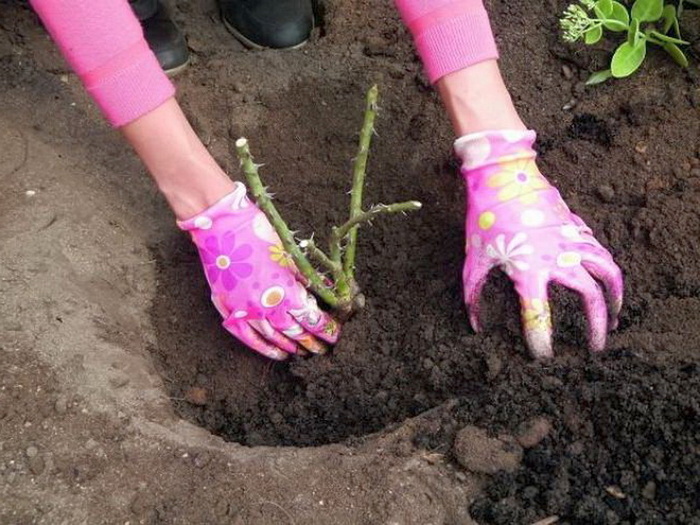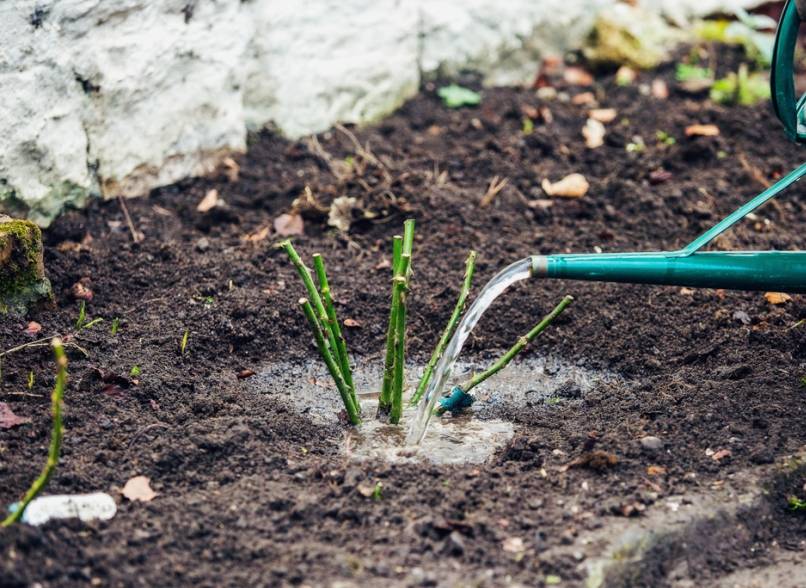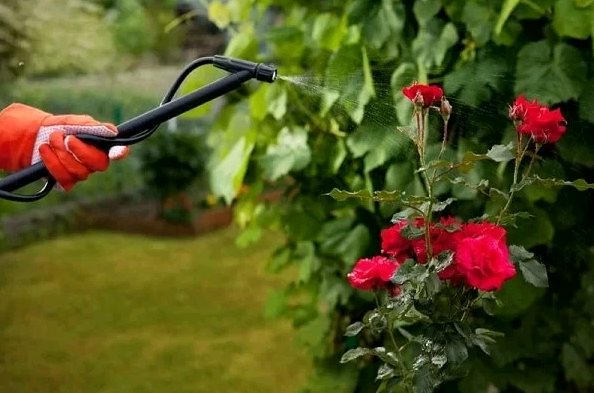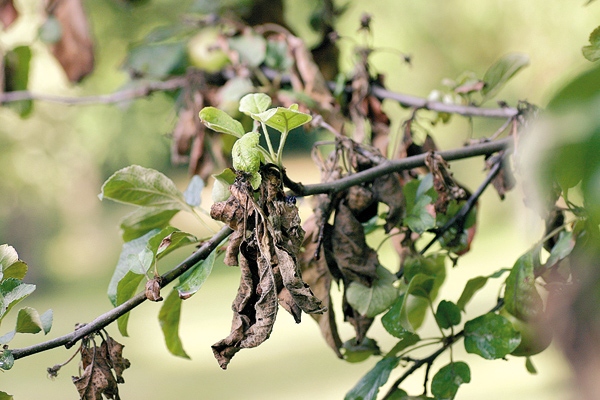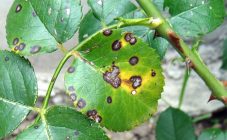Content:
In spring nature awakens, all plants wake up. At this time, it is very important not to miss the beginning of the period of caring for garden pets. These, of course, include the "queen of flowers" rose. If all spring procedures are performed correctly, then the bushes will surely bloom magnificently and the question will not arise why the rose buds dry without blooming.
And indoor bushes need year-round care, but it's worth it. Firstly, they bloom longer, and secondly, even during the dormant period, the plants look great because of their dense green foliage.
Rules for caring for roses at home
Domestic roses are quite capricious. They need regular feeding, replanting, pruning and watering. Also, plants cannot develop normally without sunlight, although direct sunlight can cause leaf burns.
Top dressing
For top dressing, you can use a mullein solution (200 g of manure per bucket of water) or fertilize with a special composition for indoor roses such as Hera stick fertilizer "For roses" or a complex organomineral fertilizer for roses "Fertile watering can". During the flowering period, you need to fertilize every week, and the rest of the time 2 times a month.
Transfer
Due to the rapid development of the root system, the indoor rose should be transplanted into a larger pot as it grows. Care is advised when transplanting. It must be carried out using the transshipment method, trying not to injure the outer roots, otherwise they may rot.
Watering and temperature conditions
A capricious flower reacts very negatively to temperature changes. Cold drafts or cold water for irrigation can push buds and flowers to drop. Mandatory daily spraying should also be carried out with water at room temperature. A prerequisite is that the water must be settled for both irrigation and spraying.
Diseases and pests
Like many indoor flowers, roses are often affected by powdery mildew. In the fight against it, spraying the bush with a solution of tea soda (1 tbsp.spoon of soda per 1 liter of water) helps. Before processing, the soil under the plant is recommended to be covered with a film.
Of the insects, spider mites most often settle on indoor roses. Apollo acaricides, fitoverm and others from this series will help completely lime them.
Pruning
Proper pruning will help a home bush to bloom luxuriantly. It can and should be held all year round. In the case of a home rose, it includes:
- removal of damaged shoots;
- removal of faded buds;
- pruning single, protruding branches (to maintain the given crown shape).
Outdoor garden rose care
Outdoor rose care begins from the moment of planting. And it is best to plant them in spring, at a soil temperature of 8-10 ° C. With an autumn planting, you can not guess.If you plant it early, the bush will start growing, and with the onset of cold weather it will die. If planted late, frost will destroy the root system.
Planting roses
Before planting, a place is prepared in advance: the earth is dug up, cleared of weeds and the soil is enriched. Pits are prepared depending on the size of the bush. The distance between them must be at least half a meter. The holes themselves should be made wide and deep (1 m and 0.5 m, respectively). A thick layer of drainage of at least 10 cm is laid at the bottom of the hole, otherwise the roots can rot from stagnant water.
The soil is prepared from the ground, humus. If the soil is heavy or clayey, then sand or peat should be added, and if the soil is acidic, dolomite flour, lime or chalk will be required.
Further, the very planting of a new plant. To do this, the roots are straightened along the bottom of the hole and covered with ready-made soil. The final stage is watering and mulching the root zone of the bush.
Winter maintenance of bushes
Before frost, soil (peat, humus, sawdust, rotted foliage) up to 0.5 m high is poured into the root zone of the plant.With the onset of a stable subzero temperature, a spruce tree hut is built over each bush, which is covered with a non-woven, breathable material on top. It does not hurt to cover everything from above with snow in winter. In the spring, the shelter is removed gradually. The last layer - high mulch - is removed when warm days come.
Pruning
A week after removing all the shelters, you can start pruning. In this case, all damaged branches are removed, and live ones are shortened by a third. To give the correct shape to the crown, improperly growing shoots (for example, directed into the bush) are cut out. The entire bush is treated with a 1% solution of copper sulfate, and fresh cuts - with crushed coal, cinnamon or ash.
Top dressing of bushes
The next step is to feed the roses. Complex fertilizers such as ammofoska, azofoska are suitable. Organic matter should be used only once every 3 years.
Fertilizer can be applied dry, dropping into the soil, or dissolved in warm water and watering the plant.
Watering
Freshly planted seedlings should be watered every other day and, over time, reduce watering to weekly. In summer, well-rooted bushes are watered once every 2 weeks. The exception is very hot periods when it is necessary to water as the soil dries out.
Closer to autumn (in August), watering is reduced. The last pre-winter watering before the shelter should be abundant.
The buds of a rose dry and rot, become ugly and crooked
Every florist one way or another is faced with the problem of damage (drying, decay) of rosebuds. Often, rosebuds do not bloom and rot, begin to deteriorate and dry out. There are several main reasons for this. Some of them do not depend on the gardener, and some may not be allowed at all.
It's difficult to fight nature, and why? You can only minimize the negative impact of the elements with top dressing, stimulants and provide airing of the bush. To do this, you will have to thin out the peduncles (cut off a number of young buds).
The next reason is improper watering. With a lack of water in the cell sap, the salt concentration increases, which leads to improper synthesis of enzymes in plant cells. As a result, the buds do not receive enough nutrition and become smaller, do not open, and more often dry up and fall off.
Excessive watering deprives the roots of air exchange and does not allow food from the soil to be conveyed to the plant. Not receiving the necessary microelements, rosebuds do not bloom and dry, rot, wither, darken and fall off.And if the roots rot from excess moisture, then the whole plant will disappear.
Of all the reasons, this is the easiest to solve. It is worth adjusting the watering regime, removing rotten buds in time, and the plants will return to normal, stop dropping unopened roses.
Another reason lies in the wrong fertilization. In poor soil, there may be a deficiency of nutrients. Planting should be fed with this factor in mind. Excessive feeding may be the result of a violation of the instructions for the dosage of fertilizers.
And finally, the saddest cause of damage to rosebuds and the plant as a whole is diseases and pests. This requires a detailed examination of each plant and the establishment of the reasons. Only then can the fight or treatment begin.
Possible causes and solutions to problems
With sunburn, unblown buds stop growing, droop down, lose their elasticity and do not have time to open (moisture, together with nutrients, evaporates before reaching the flower). You can help the plant by building a canopy over it and water it abundantly. To increase immunity, it does not hurt to spray the bush with a bud.
Long, cold rains do not prevent the buds from growing to their optimal size, but do not allow them to open. The extreme petals become slimy from dampness. The entire bud darkens (sometimes covered with dark spots), shrivels, rots and falls off. Installation of a canopy will help here too. It is imperative to thin out the bush for airing. Spraying with siliplant will increase the plant's resistance. After rain, the bush should be treated with a boric acid solution.
Sudden changes in temperature and nightly cold dew also negatively affect the opening of the bud. Even when it opens, the flower quickly loses its decorative effect (becomes stained) and falls off. The plant will support the stimulant epin-extra. Feeding with a mineral composition will also help the rose withstand bad weather.
Pests and diseases of roses
The following pests most often appear on roses:
- Rose aphid (small insects). It is necessary to treat the rose with Aktara.
- Spider mite. Treatment of the plant with phytoverm and actellik will help.
- The garden beetle is a large shiny bug. He gnaws at the petals, and they darken and dry up. The bugs are removed with Intavir.
- Thrips are small, black insects inside the bud that feed on the juices of the flower, from which it dies. Treat the rose with intavir or spark.
- Rosewood sawfly is a small white caterpillar that gnaws at the inside of the bud. As a result, it dries, darkens and falls off. The plant will be helped by treatment with drugs Mospilan, Aktara, Engio.
Diseases of roses:
- Powdery mildew. White, powdery spots appear on petals and leaves. Treatment with a 1% solution of copper sulfate, preparations of raki, scor, topaz will help.
- Peronosporosis (downy mildew). The outer petals of the bud turn black and fall. For treatment, fungicides Previkur, Ridomil Gold, Acrobat are used.
- Gray rot. With this lesion, the buds turn brown and break off. It is necessary to normalize the humidity and treat the bush with drugs such as Teldor and Siliplant.
- Rust. You can remove it with soapy water (200 g of grated laundry soap in 1 bucket of water).
- Chlorosis. Apply 1% solution of copper sulfate.
Prevention
Why do not the rose buds open and what should be fed to prevent drying out and damage to rose buds? To do this, you should:
- After each foliar dressing (2 times a month), a day later, treat the bush with stimulants of agriculture aqua at a dosage of 5 ml per 2 liters of water, microvit standard (1 ml per 1 bucket of water) or Fertika flower crystal (10 g per 1 bucket of water).
- Apply root dressing with an organomineral preparation such as OMU for roses.
- In the fall, it is required to feed the bushes with potash fertilizers, and in the spring, after removing the shelter, apply a fertilizer with extended action, such as Pokon for roses.
Rose is the queen of any garden. It depends only on the grower how it will grow and develop. The correct response to changes in weather conditions, feeding and good care will help keep the rose bushes in the right shape.
